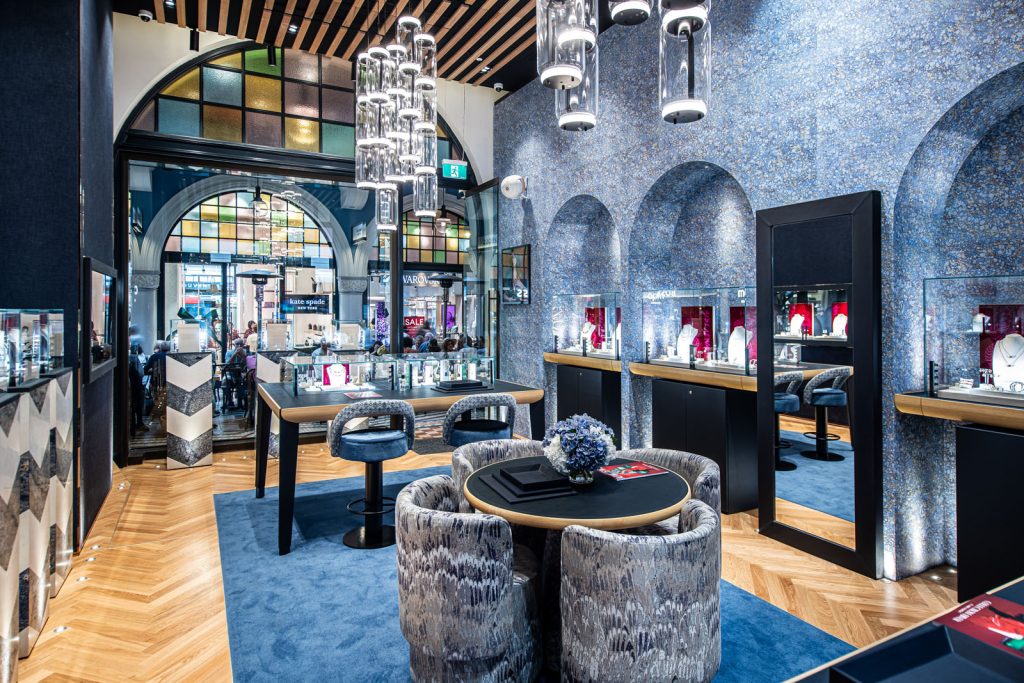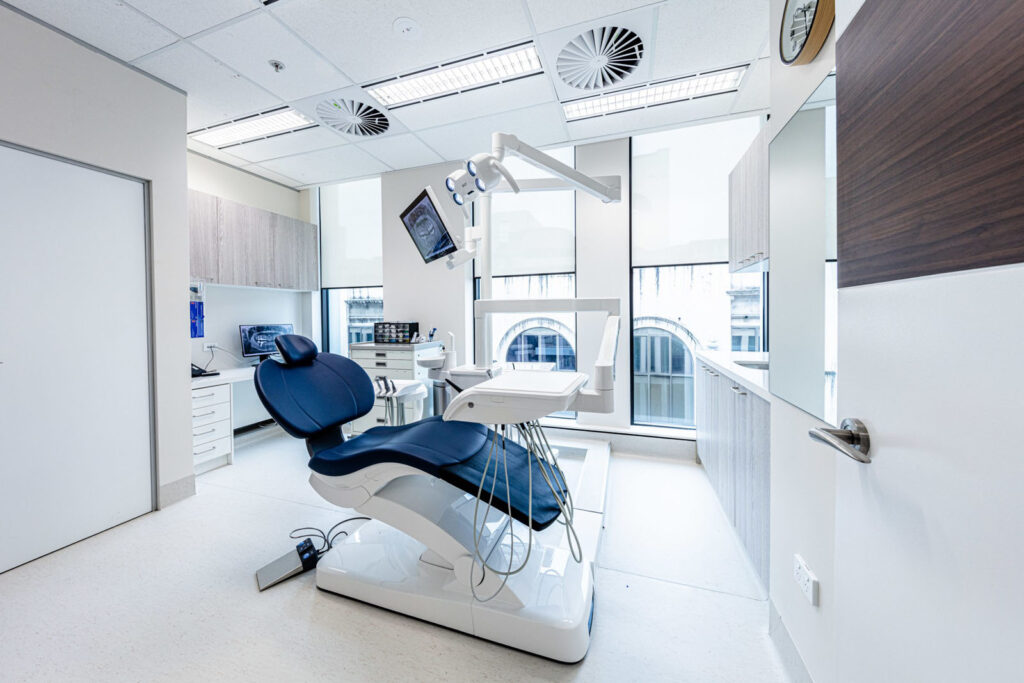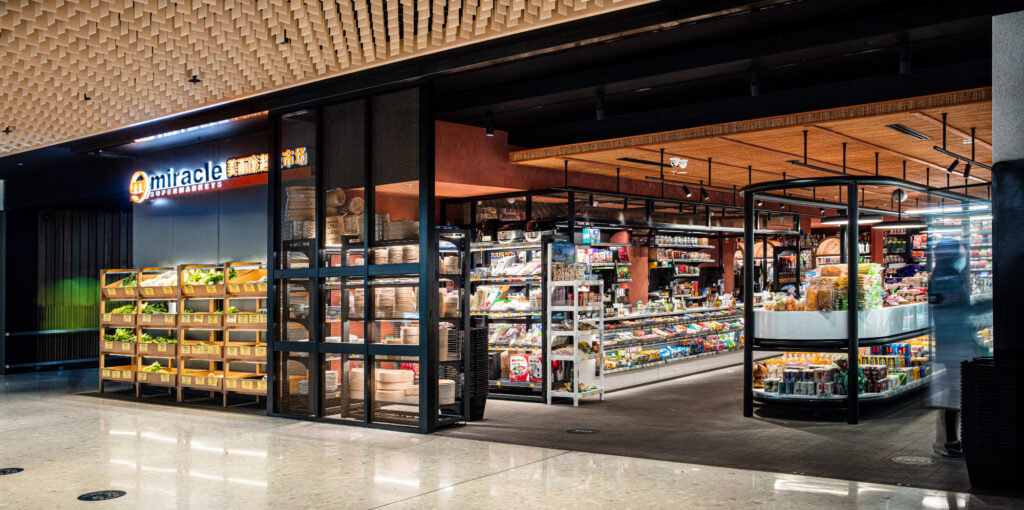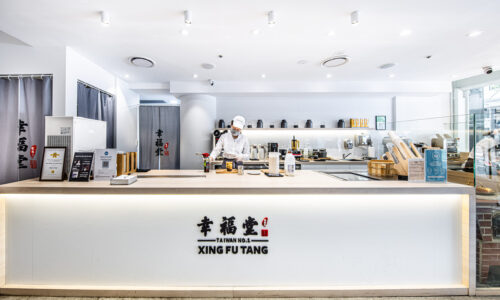With commercial fitouts, time is money.
Whether it is an office refurbishment or reworking a retail space, when it comes to commercial fitouts, time really is money. Every day a project falls behind schedule, it isn’t just an inconvenience, it is a direct hit to your revenue, your operational efficiency and maybe even your brand’s reputation.
The impact of a delayed fitout goes far beyond the obvious construction timeline.
Even setbacks that do not seem that big, can trigger extra costs in terms of leasing, storage or insurance, plus potentially additional fees for rebooking subcontractors and trades.
Liteco Projects has been going for over 20 years and has completed over 800 projects. With that experience comes insights into knowing how delays can ripple across a business and more importantly, how to prevent them.

What is the Financial Impact of Commercial Fitout Project Delays
1. Lost Revenue
A delayed opening means lost sales. For retail and hospitality fitout projects, this can be thousands of dollars per day.
For offices fitouts and refurbishments, delays can lead to extended leases, missed operational deadlines or staff not able to return to work.
2. Increased Holding Costs
When your commercial fitout project timeline blows out, expenses naturally increase and these indirect costs can add up:
- Rent
- Outgoings
- Construction insurance
- Temporary facilities for staff
- Storage for equipment or furniture
3. Costs of Materials & Labour Increase
The construction industry is highly sensitive to price fluctuations. A one-month delay can mean:
- Increased material prices
- Increased subcontractor costs
- Re-booking fees
- Penalties for rescheduling trades
4. Damage to Brand and Launch Plans
If you’re planning a launch – especially for a hospitality venue or retailer – delays can disrupt:
- Marketing campaigns
- Staffing schedules
- Supplier deliveries
- Customer expectations
When the momentum is lost, rebuilding interest can be tricky.
Why do delays happen in Commercial Fitouts
1. Incomplete or Rushed Design Documentation
This is the number one cause of project delays. Poorly detailed drawings lead to onsite variations, rework, and approval setbacks.
2. Slow or Incorrect Approvals
Delays often stem from:
- Council requirements
- PCA/certifier requests
- Fire engineering approvals
- Health compliance for hospitality
- Landlord design reviews
Without an experienced project manager, approvals become a bottleneck.
3. Poor Coordination Between Builder, Designer and Trades
When the builder and designer aren’t aligned, everything slows down. Design changes can interrupt construction sequencing, and communication gaps lead to conflict or confusion onsite.
4. Supply Chain Delays
Joinery, custom fixtures, and imported materials must be ordered early. Late procurement is a common cause of blowouts.
5. Unclear Client Decisions
When clients don’t receive clear guidance, decision fatigue sets in and this often means:
- Slow material selections
- Delayed sign-offs
- Late variations

How Liteco prevents Commercial Fitout Delays
1. Thorough Upfront Planning (No rushed starts)
We invest heavily in pre-construction planning. We develop a comprehensive project plan with buffer periods for unforeseen issues (such as weather or supply chain disruptions).
This includes:
- Complete, build-ready documentation
- Accurate timelines
- Clear procurement schedules
- Early trade involvement
- Cost and value engineering before building begins
Starting right prevents delays later, from first design sketch to completion.
2. Integrated Project Management & Design Team
We are a one stop shop which allows for integrated project management and good communication.
What makes Liteco unique is our in-house divisions:
- Project management
- Interior design
- Joinery
- Hospitality equipment
- Construction team
With everything under one roof, communication is streamlined and decisions are made fast.
3. Early Approvals Strategy
We are proactive in managing approvals.
We start these processes early, handle the documentation and coordinate with all stakeholders, meaning our clients never have to wait for slow approvals to catch up with the build schedule.
Councils, certifiers, fire engineers and landlords each have their own requirements. Navigating these correctly requires experience and foresight.
This includes:
- Council and certifier pathways
- Fire engineering
- Landlord approvals
- Health compliance
We know what documents are required, when they’re needed and how to fast-track them.
4. Real-Time Scheduling and Trade Coordination
Our project managers run detailed Gantt schedules and monitor them daily. We coordinate trades tightly and ensure site sequencing stays on track.
5. Procurement Planning & In-House Joinery
Because we manufacture joinery internally, we control timelines rather than waiting on external suppliers. This eliminates a major delay risk.
The result? Fitouts that are delivered on time, on budget and without unnecessary stress.
Our approach doesn’t just prevent delays – it adds value.
Businesses can plan openings and launches with confidence, staff can transition into new workspaces smoothly and the aesthetic vision of the space is brought to life exactly as imagined.
For over twenty years, this philosophy has been at the core of Liteco Projects, whether we’re refurbishing a high-end hospitality venue, creating a modern office environment or updating a healthcare facility
Time is one of the most valuable resources in commercial construction.
At Liteco, we believe that every successful fitout begins with careful planning, seamless coordination and a clear understanding of how every day counts.

Key Takeaways:
- Time is money: Every day a project is delayed directly impacts revenue, operations & brand reputation.
- Planning prevents problems: Comprehensive design documentation and early procurement reduce risk.
- Integrated teams are essential: Builders, designers & trades working together streamline decision-making and prevent miscommunication.
- Early approvals save weeks: Handling council, certifier and landlord approvals proactively keeps projects on schedule.
- Client decisions matter: Timely choices on materials, finishes and design prevent unnecessary hold-ups.
- In-house capabilities add control: Having joinery & fabrication in-house ensures faster timelines and higher-quality results.


